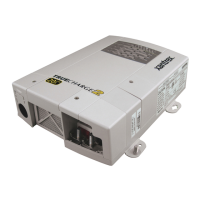
Do you have a question about the Xantrex Truecharge2 Series and is the answer not in the manual?
| Input Voltage | 90-265 VAC |
|---|---|
| Input Frequency | 47-63 Hz |
| Output Voltage | 12 V / 24 V / 48 V (depending on model) |
| Battery Types | Flooded, AGM, Gel |
| Operating Temperature | -20°C to +50°C (-4°F to +122°F) |
| Cooling | Temperature-controlled fan |
| Protection | Reverse polarity, over voltage, over temperature, short circuit |
| Charging Stages | Bulk, Absorption, Float, Equalization |
| Dimensions | Varies depending on model |
| Certifications | CE |
Details Xantrex trademarks and identifies other registered trademarks.
States the copyright for the guide and outlines reproduction restrictions.
Disclaims warranty on accuracy and liability for information use.
Provides phone numbers, fax, email, and website for customer support.
Explains the guide's objective: to detail installation and configuration procedures.
Defines what the guide covers: safety, installation, configuration, excluding battery specifics.
Identifies the intended reader as qualified technicians and electricians.
Describes the layout of the document, including chapters and appendix.
Explains the meaning of warning, caution, and important notes used throughout.
Directs users to the Xantrex website for additional product and company information.
Details safety measures for personal protection when handling batteries.
Provides essential safety steps and checks before initiating battery charging.
Specifies safe placement requirements for the battery charger unit.
Outlines FCC compliance rules and troubleshooting for radio interference.
Introduces the Truecharge™ 2 Battery Charger and lists its included items.
Details the charger's standard capabilities and built-in protection mechanisms.
Illustrates and describes the various physical parts of the Truecharge™ 2 Battery Charger.
Identifies and explains the ports and connectors found on the rear panel.
Covers pre-installation requirements, codes, and typical system diagrams.
Lists all required tools and consumable materials for the installation process.
Specifies environmental and positional criteria for installing the charger.
Covers DC and AC wiring standards, sizing, fuses, and breakers.
Provides minimum recommended battery bank capacity (Ah) for each model.
Outlines the recommended sequence for mounting and connecting the charger.
Details the procedure for physically securing the charger unit to a mounting surface.
Explains the proper method for establishing the DC chassis ground connection.
Provides step-by-step instructions for connecting DC power cables.
Provides step-by-step instructions for connecting the AC power supply wiring.
Describes the final steps and safety checks before powering on the charger.
Instructions for installing the Battery Temperature Sensor (BTS).
Guidance on selecting a location and mounting the remote control panel.
Instructions for setting the charger mode via onboard or remote panels.
Steps to select the correct battery chemistry (e.g., AGM, Gel).
Details on how to adjust the charger's maximum output current percentage.
Procedure for safely replacing or installing batteries connected to the charger.
Details dimensions, weight, and connection types for the charger.
Covers AC input parameters, DC output voltage and current ratings.
Lists operating temperature, humidity, and storage conditions.
Summarizes the various safety and operational protection mechanisms.
Lists regulatory and safety standards the charger complies with.
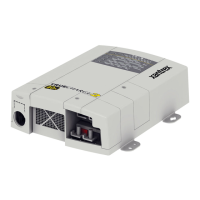
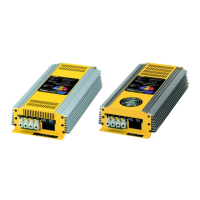
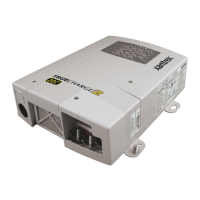
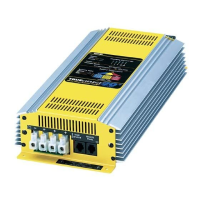

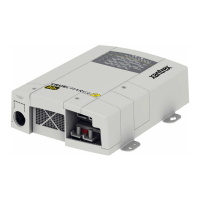
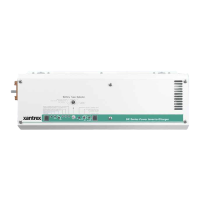
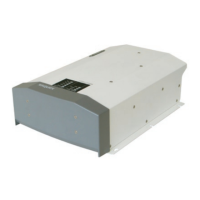
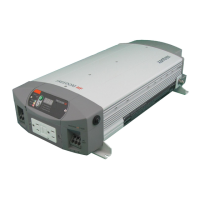
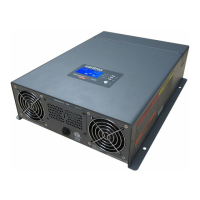
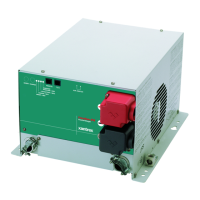

